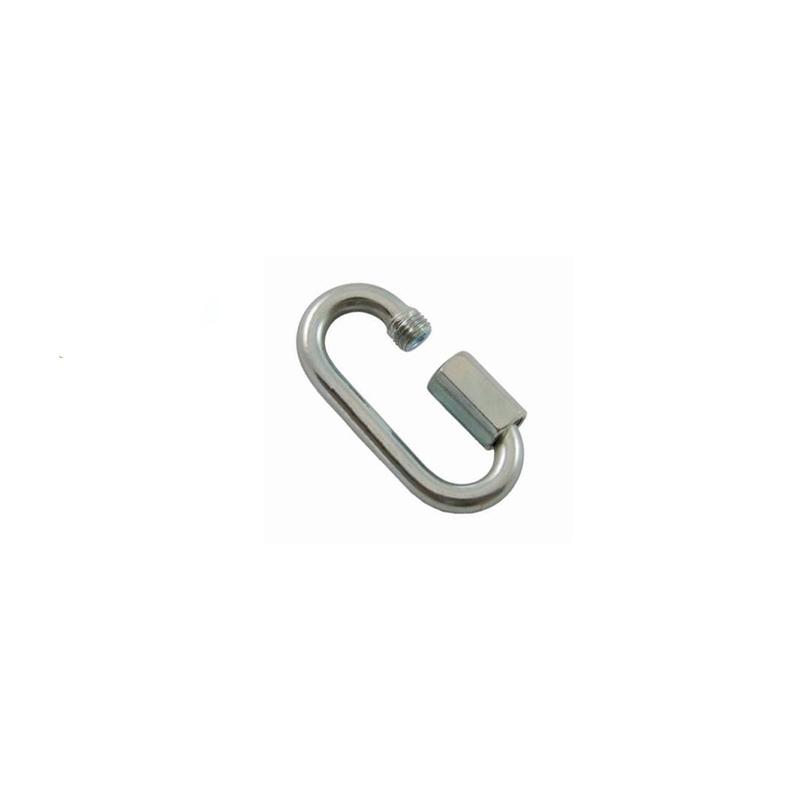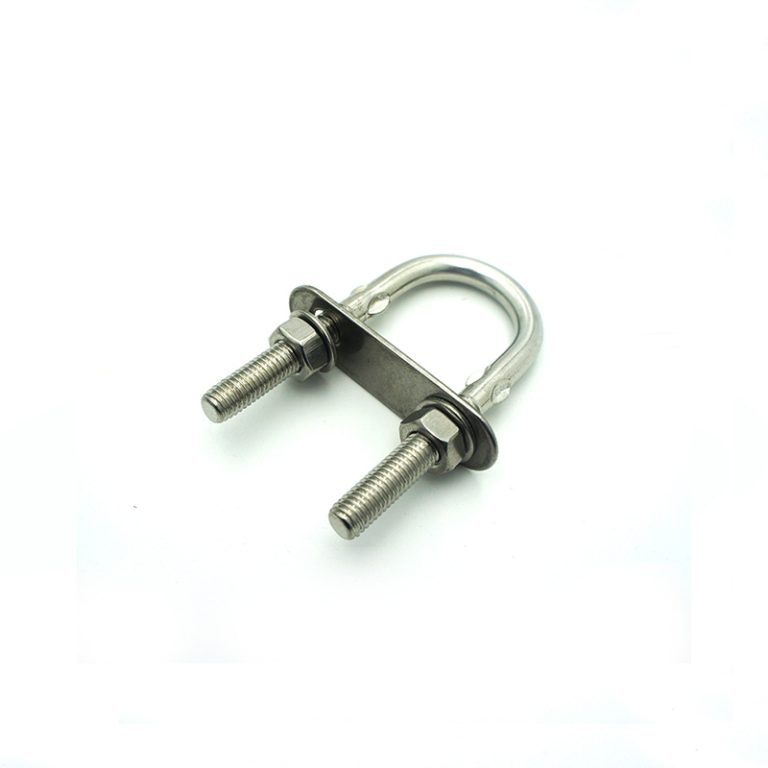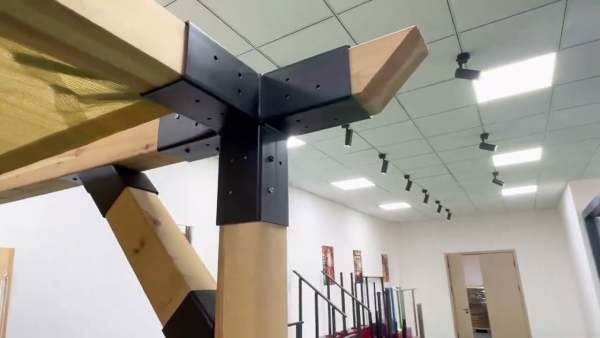Table of Contents
أهمية التحجيم المناسب للمسامير والصواميل المصنوعة من الفولاذ المقاوم للصدأ
تعد البراغي والصواميل المصنوعة من الفولاذ المقاوم للصدأ مكونات أساسية في العديد من الصناعات، بما في ذلك البناء والسيارات والتصنيع. تلعب هذه المثبتات دورًا حاسمًا في ربط الأجزاء والهياكل المختلفة معًا، مما يضمن استقرارها وسلامتها. ومع ذلك، فإن أحد العوامل الرئيسية التي تحدد فعالية البراغي والصواميل المصنوعة من الفولاذ المقاوم للصدأ هو حجمها. يعد فهم أحجام أدوات التثبيت هذه أمرًا ضروريًا لضمان الملاءمة والأداء المناسب.
عندما يتعلق الأمر بالمسامير والصواميل المصنوعة من الفولاذ المقاوم للصدأ، يشير الحجم إلى قطر وطول أداة التثبيت. يتم قياس قطر البرغي عبر الساق، باستثناء الخيوط. تتراوح أقطار الترباس الشائعة من 1/4 بوصة إلى 1 بوصة أو أكثر، ويتوافق كل حجم مع درجة خيط معينة. يتم قياس طول الترباس من الطرف إلى نهاية الساق، باستثناء الرأس. من ناحية أخرى، يتم تحديد حجم الصواميل وفقًا للقطر ودرجة الخيط للمسمار المقابل.
يعد الحجم المناسب للبراغي والصواميل المصنوعة من الفولاذ المقاوم للصدأ أمرًا بالغ الأهمية لعدة أسباب. أولاً وقبل كل شيء، يمكن أن يؤدي استخدام أدوات التثبيت ذات الحجم الخاطئ إلى الإضرار بالسلامة الهيكلية للمشروع أو التجميع. إذا كان المسمار صغيرًا جدًا أو قصيرًا جدًا، فقد لا يوفر قوة تثبيت كافية، مما يؤدي إلى الارتخاء أو الفشل بمرور الوقت. وعلى العكس من ذلك، فإن استخدام مسمار كبير جدًا أو طويل جدًا قد يؤدي إلى تداخل مع المكونات الأخرى أو زيادة الوزن.
كيفية تحديد الحجم الصحيح للمسامير والصواميل المصنوعة من الفولاذ المقاوم للصدأ
بمجرد تحديد قطر الترباس، فإن الخطوة التالية هي تحديد الطول المناسب. يتم قياس طول الترباس من طرف الرأس إلى نهاية الساق. من المهم اختيار مسمار طويل بما يكفي لربط الأجزاء معًا بشكل آمن ولكن ليس طويلًا جدًا بحيث يبرز بشكل مفرط. بشكل عام، يجب أن يكون طول المسمار مساويًا على الأقل لسمك الأجزاء التي يتم ربطها.
بالإضافة إلى القطر والطول، من المهم أيضًا مراعاة درجة خيط المسمار. تشير درجة الخيط إلى المسافة بين الخيوط الموجودة على الترباس. تتضمن خطوات الخيوط الشائعة لمسامير الفولاذ المقاوم للصدأ الخشنة (UNC) والناعمة (UNF). تُستخدم البراغي ذات الخيط الخشن لتطبيقات الأغراض العامة، بينما تُفضل البراغي ذات الخيط الدقيق للتطبيقات التي تتطلب قوة ودقة أعلى.
هناك اعتبار مهم آخر عند اختيار الحجم الصحيح للبراغي والصواميل المصنوعة من الفولاذ المقاوم للصدأ وهو درجة المادة. تتوفر البراغي والصواميل المصنوعة من الفولاذ المقاوم للصدأ في درجات مختلفة، ولكل منها خصائص ونقاط قوة مختلفة. تشمل الدرجات الشائعة لمسامير الفولاذ المقاوم للصدأ 18-8، و304، و316. ويجب اختيار درجة المادة بناءً على المتطلبات المحددة للتطبيق، مثل مقاومة التآكل، والقوة، ومقاومة درجات الحرارة.
بالإضافة إلى حجم ودرجة الترباس، من المهم أيضًا مراعاة نوع الرأس وأسلوب القيادة. تتوفر البراغي المصنوعة من الفولاذ المقاوم للصدأ بأنماط رأس مختلفة، مثل السداسية والمقبس والمسطحة. يجب تحديد نمط الرأس بناءً على متطلبات إمكانية الوصول وعزم الدوران للتطبيق. وبالمثل، يجب اختيار نمط محرك الترباس، مثل فيليبس أو المشقوق أو السداسي، بناءً على الأدوات المتاحة للتثبيت.
في الختام، يعد اختيار الحجم الصحيح للمسامير والصواميل المصنوعة من الفولاذ المقاوم للصدأ أمرًا ضروريًا لضمان الهيكل الهيكلي. سلامة وسلامة التجمع. من خلال النظر في عوامل مثل القطر، والطول، ودرجة الخيط، والدرجة، ونمط الرأس، ونمط القيادة، يمكنك اختيار أدوات التثبيت المناسبة لتطبيقك المحدد. إذا لم تكن متأكدًا من الحجم الصحيح للمسامير والصواميل المصنوعة من الفولاذ المقاوم للصدأ لمشروعك، فاستشر مهندسًا محترفًا أو موردًا للحصول على إرشادات.
Stainless steel bolts and nuts are essential components in various industries, including construction, automotive, and manufacturing. These fasteners are used to join two or more parts together securely. However, selecting the correct size of stainless steel bolts and nuts is crucial to ensure the structural integrity and safety of the assembly. In this article, we will discuss how to determine the correct size for stainless steel bolts and nuts.
When it comes to selecting the right size of stainless steel bolts and nuts, there are several factors to consider. The first step is to determine the diameter of the bolt. The diameter of a bolt is measured across the shank, excluding the threads. Common diameters for stainless steel bolts range from 1/4 inch to 1 inch, with larger diameters available for heavy-duty applications.

Once you have determined the diameter of the bolt, the next step is to select the appropriate length. The length of a bolt is measured from the tip of the head to the end of the shank. It is important to choose a bolt that is long enough to securely fasten the parts together but not too long that it protrudes excessively. In general, the length of the bolt should be at least equal to the thickness of the parts being joined.
In addition to the diameter and length, it is also important to consider the thread pitch of the bolt. The thread pitch refers to the distance between the threads on the bolt. Common thread pitches for stainless steel bolts include coarse (UNC) and fine (UNF). Coarse thread bolts are used for general-purpose applications, while fine thread bolts are preferred for applications requiring higher strength and precision.
Another important consideration when selecting the correct size of stainless steel bolts and nuts is the grade of the material. Stainless steel bolts and nuts are available in various grades, each with different properties and strengths. Common grades of stainless steel bolts include 18-8, 304, and 316. The grade of the material should be chosen based on the specific requirements of the application, such as corrosion resistance, strength, and temperature resistance.
In addition to the size and grade of the bolt, it is also important to consider the type of head and drive style. Stainless steel bolts are available with different head styles, such as hex, socket, and flat. The head style should be selected based on the accessibility and torque requirements of the application. Similarly, the drive style of the bolt, such as Phillips, slotted, or hex, should be chosen based on the tools available for installation.
In conclusion, selecting the correct size of stainless steel bolts and nuts is essential for ensuring the structural integrity and safety of an assembly. By considering factors such as diameter, length, thread pitch, grade, head style, and drive style, you can choose the right fasteners for your specific application. If you are unsure about the correct size of stainless steel bolts and nuts for your project, consult with a professional engineer or supplier for guidance.






